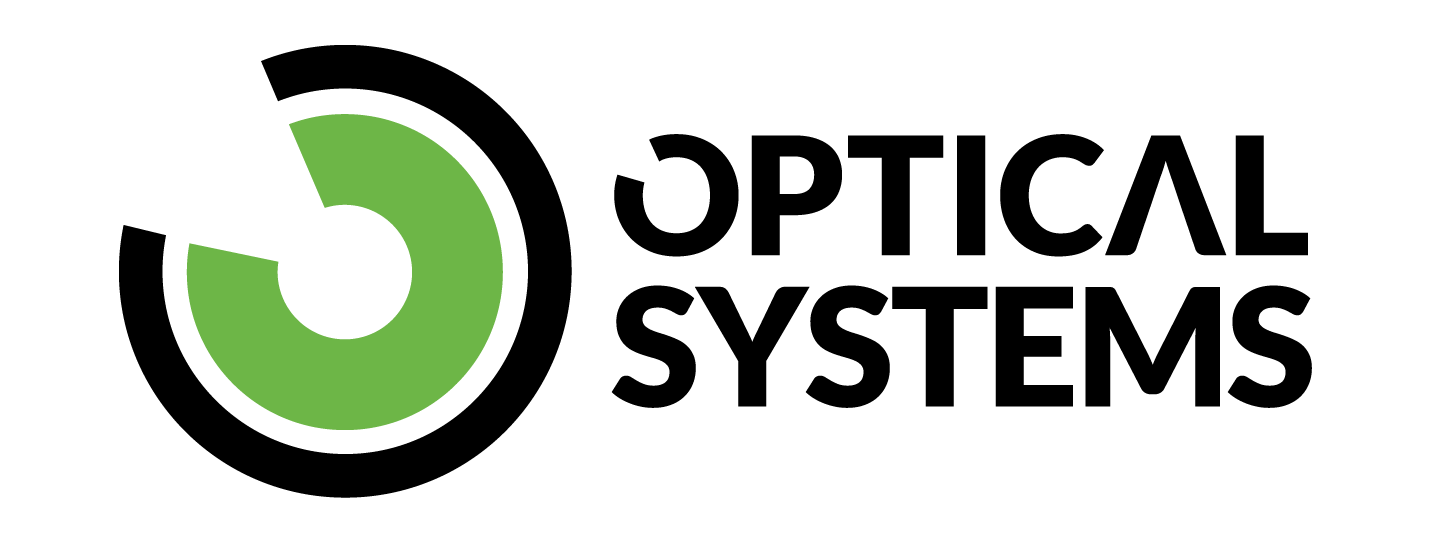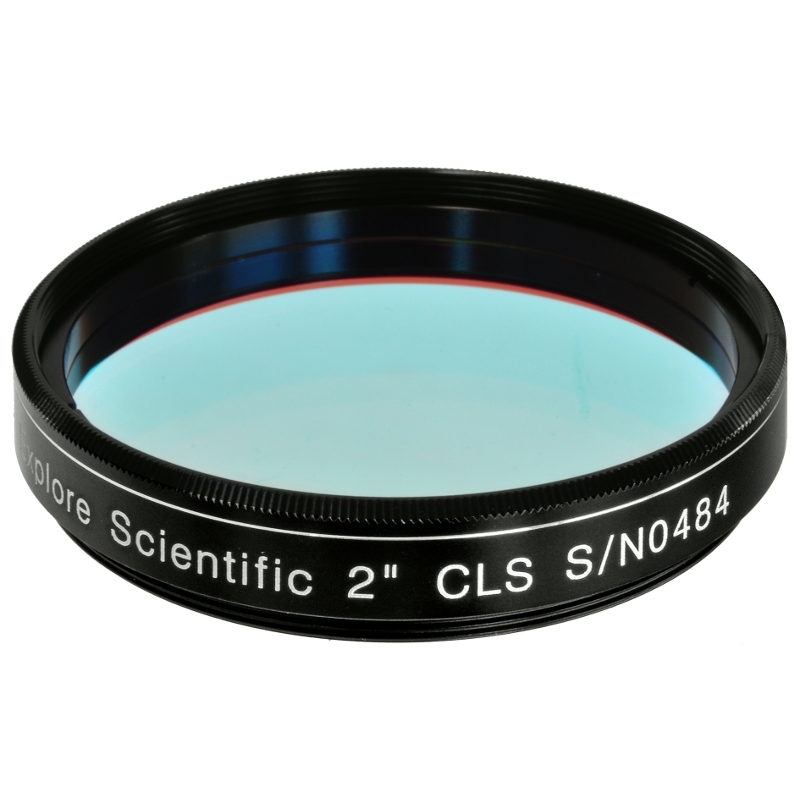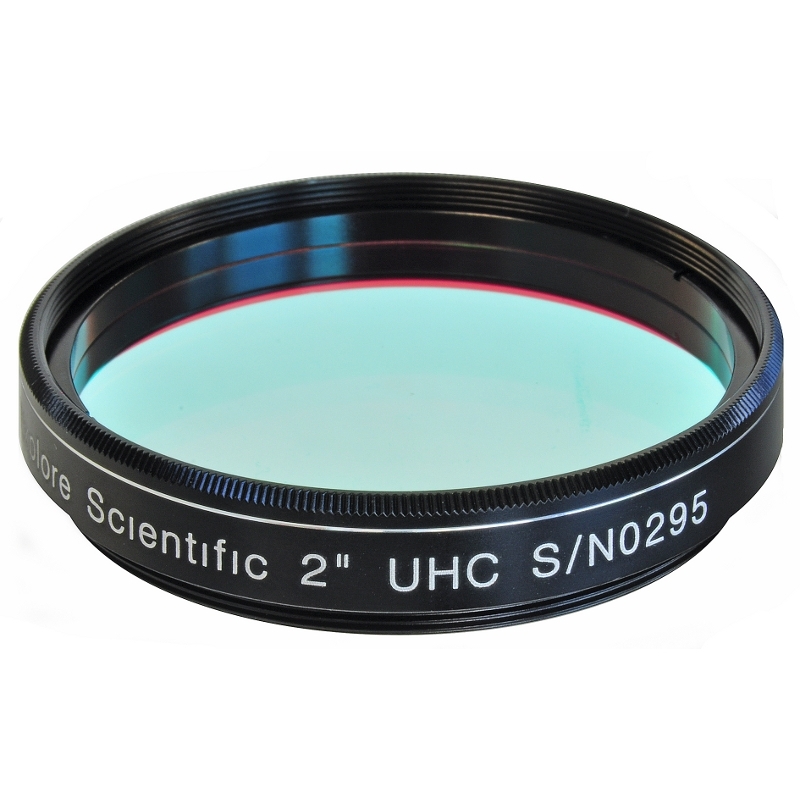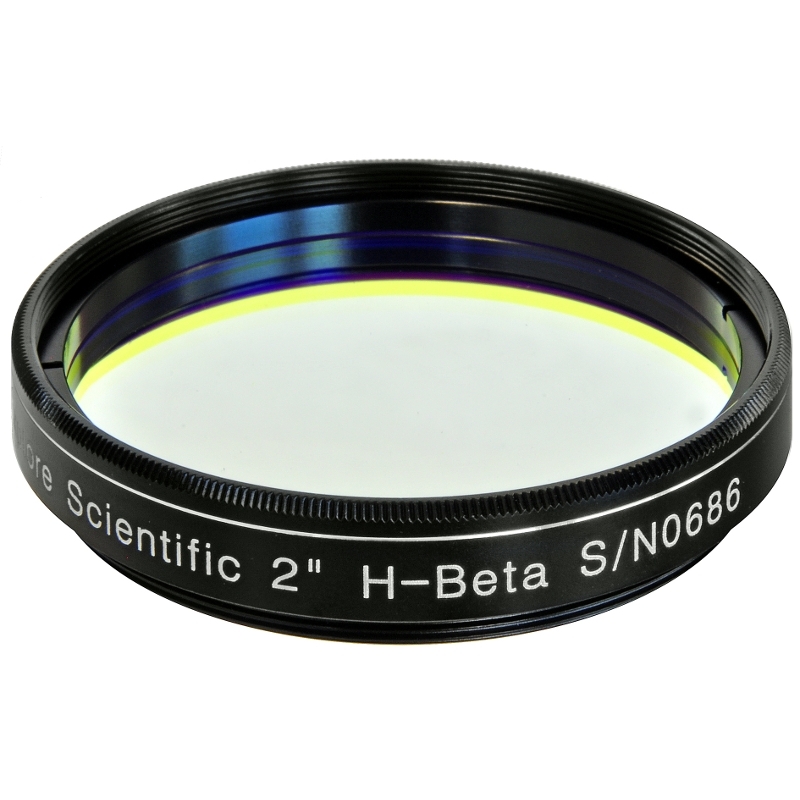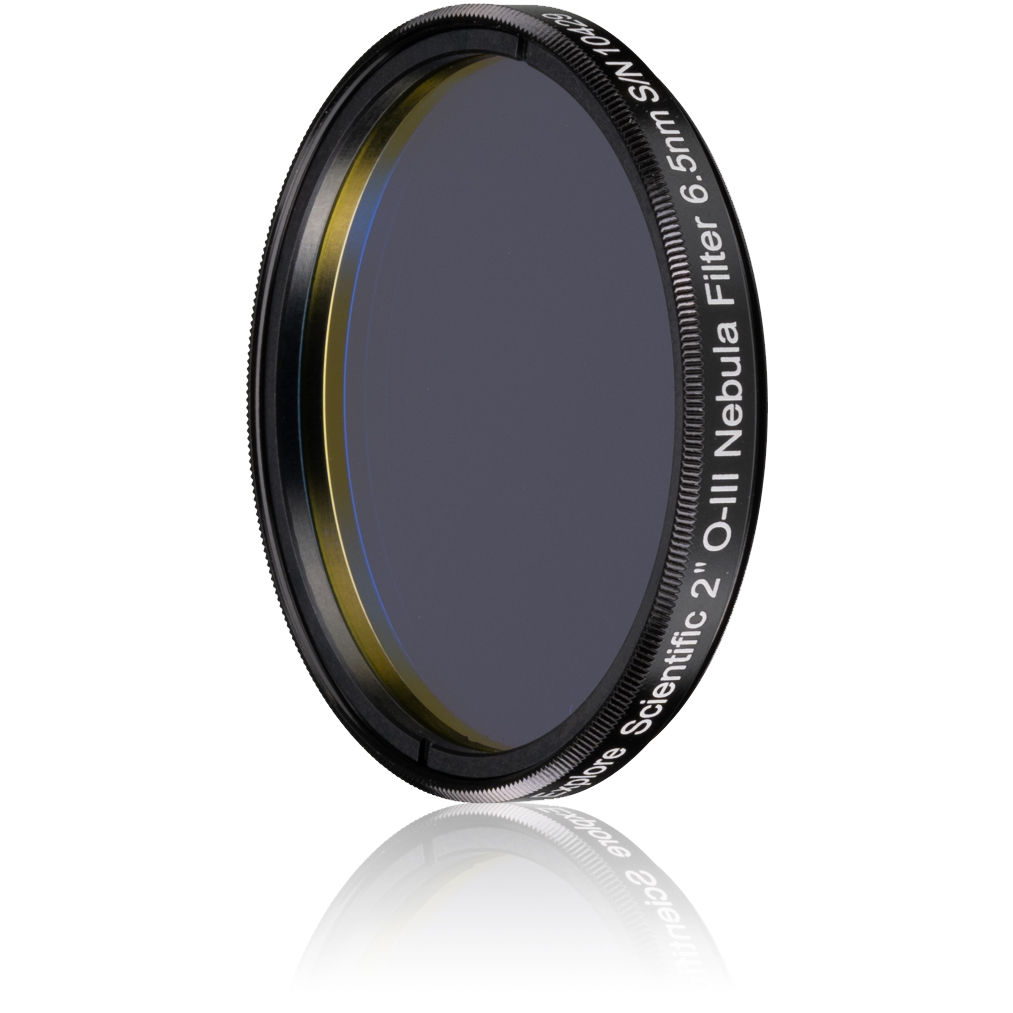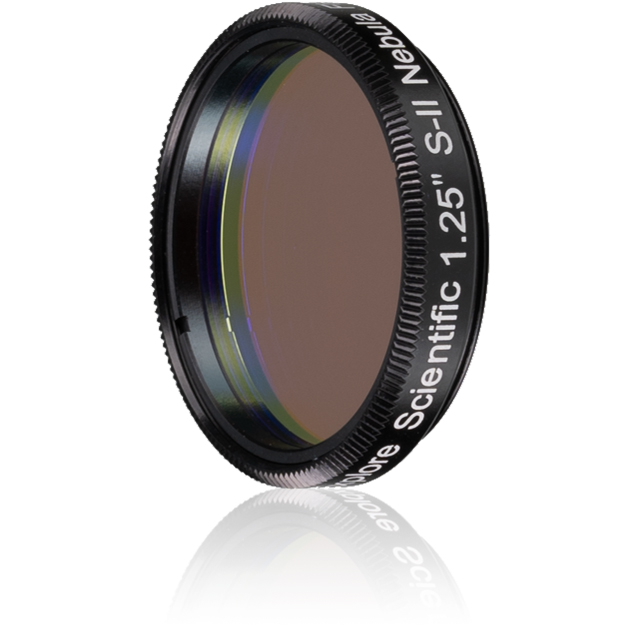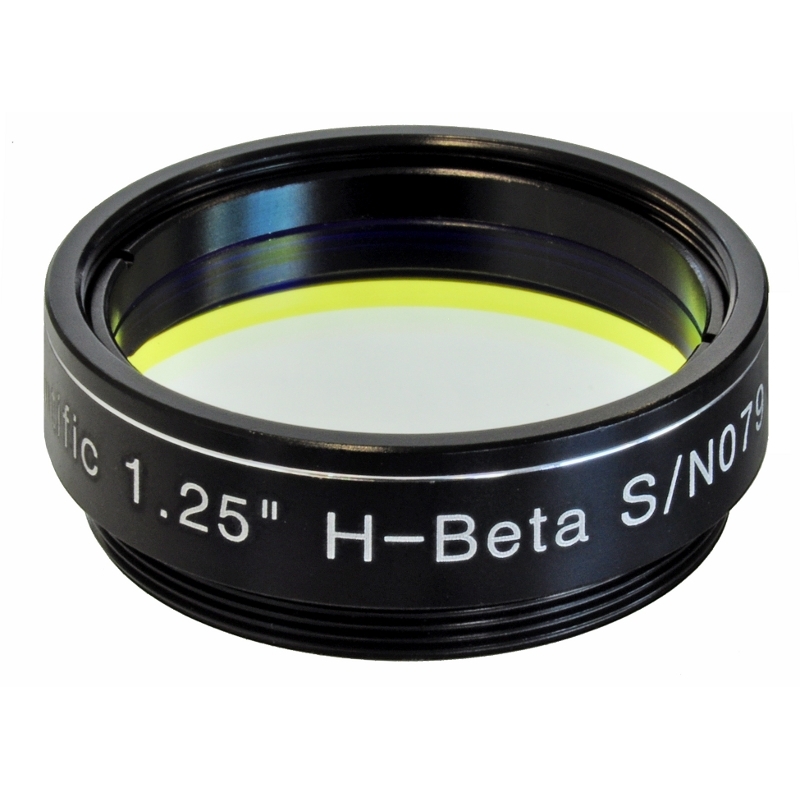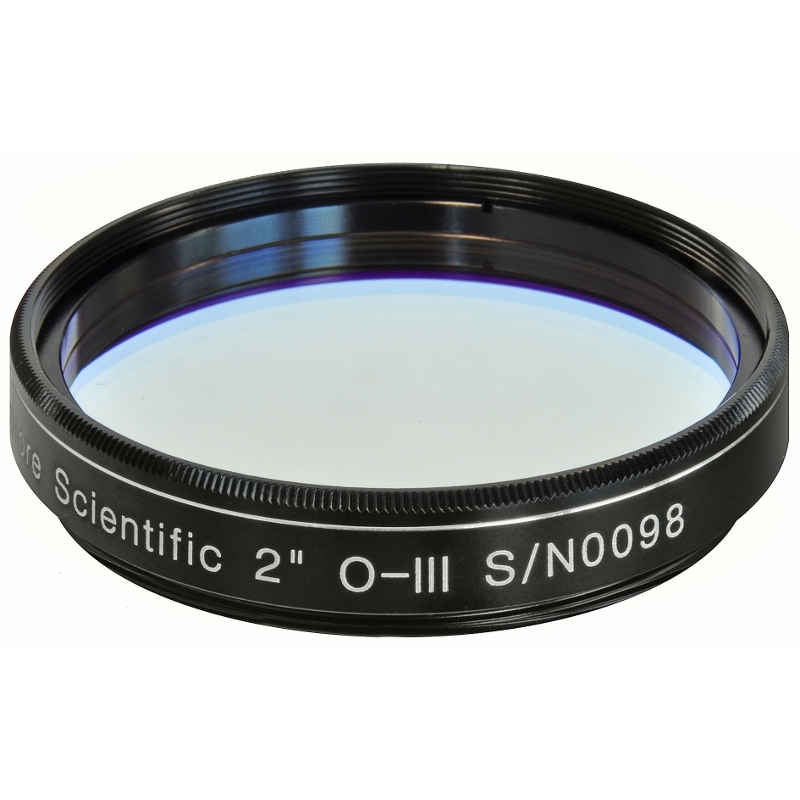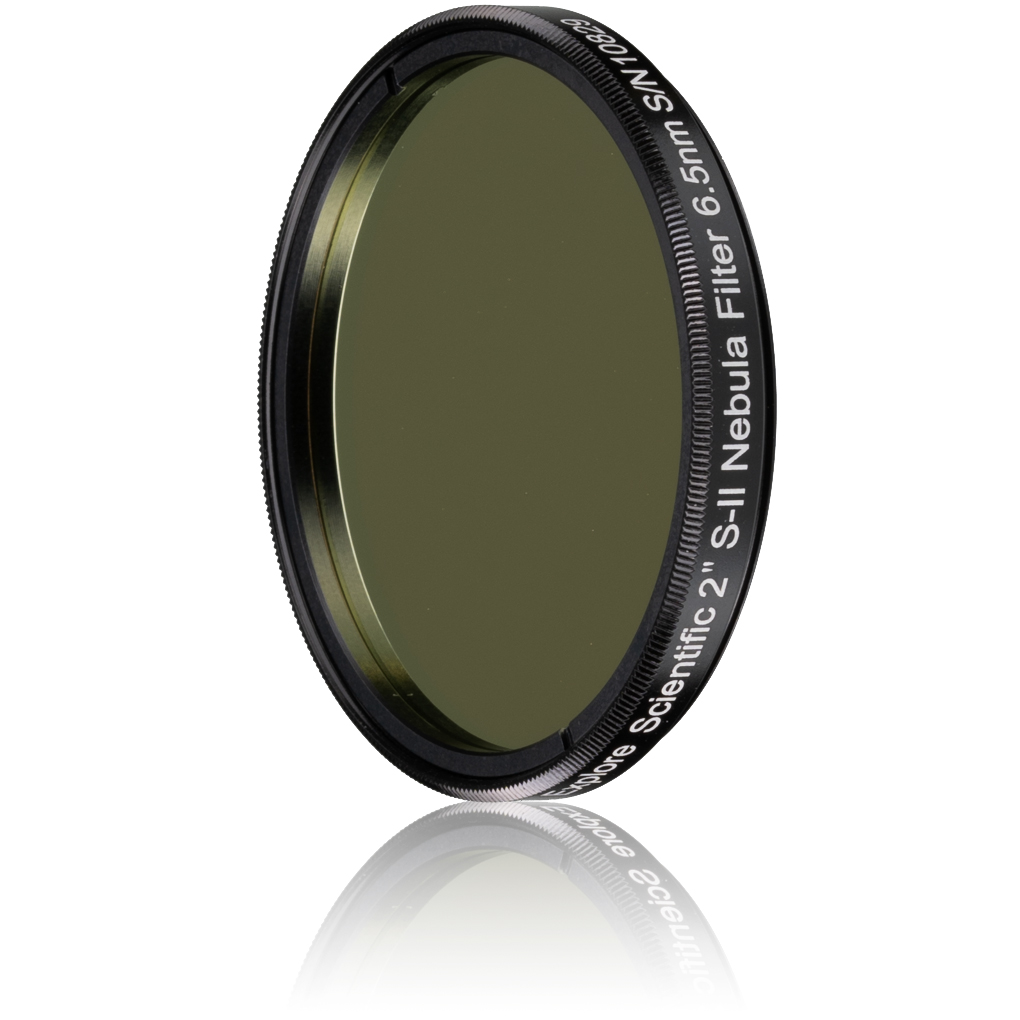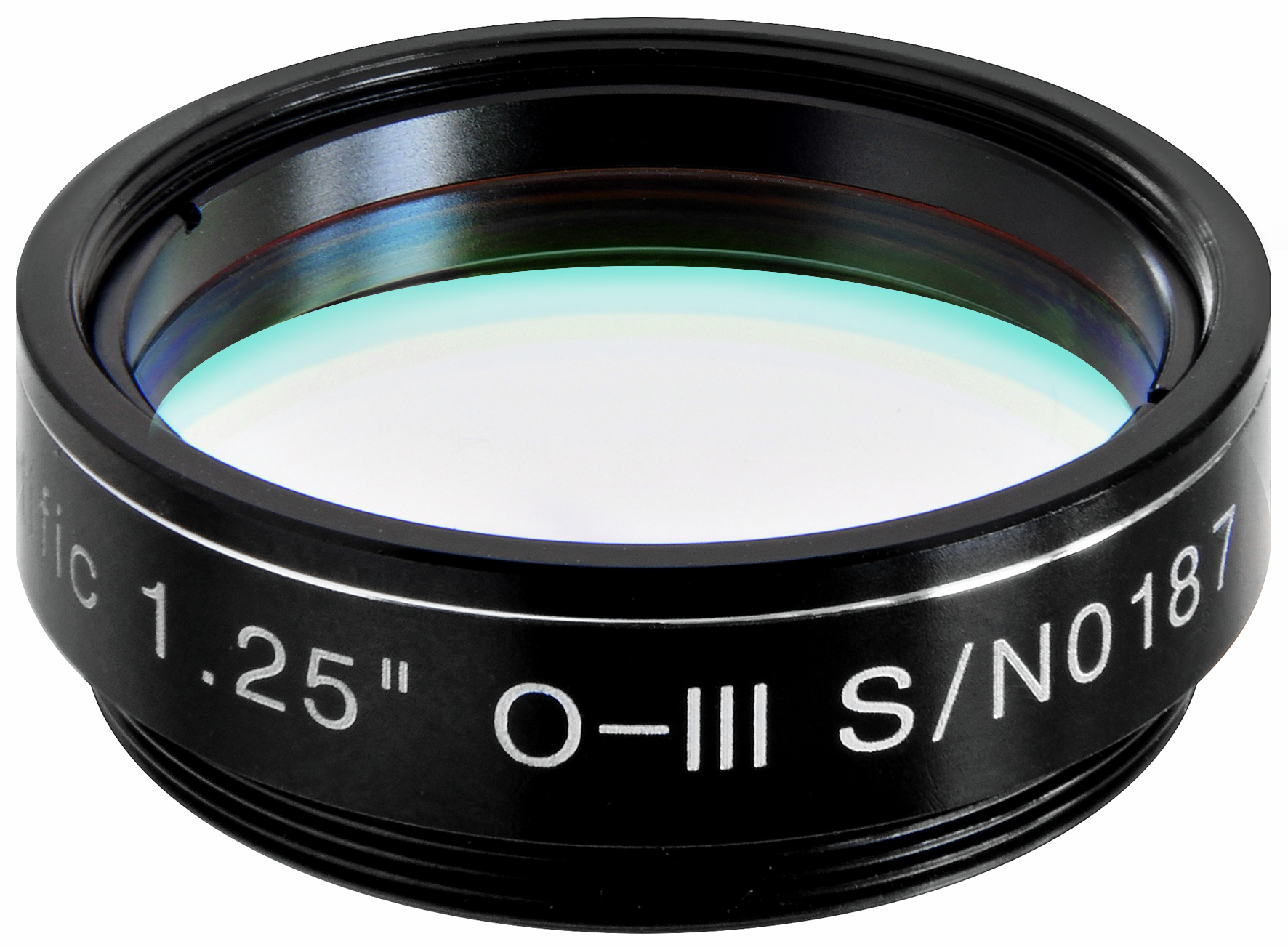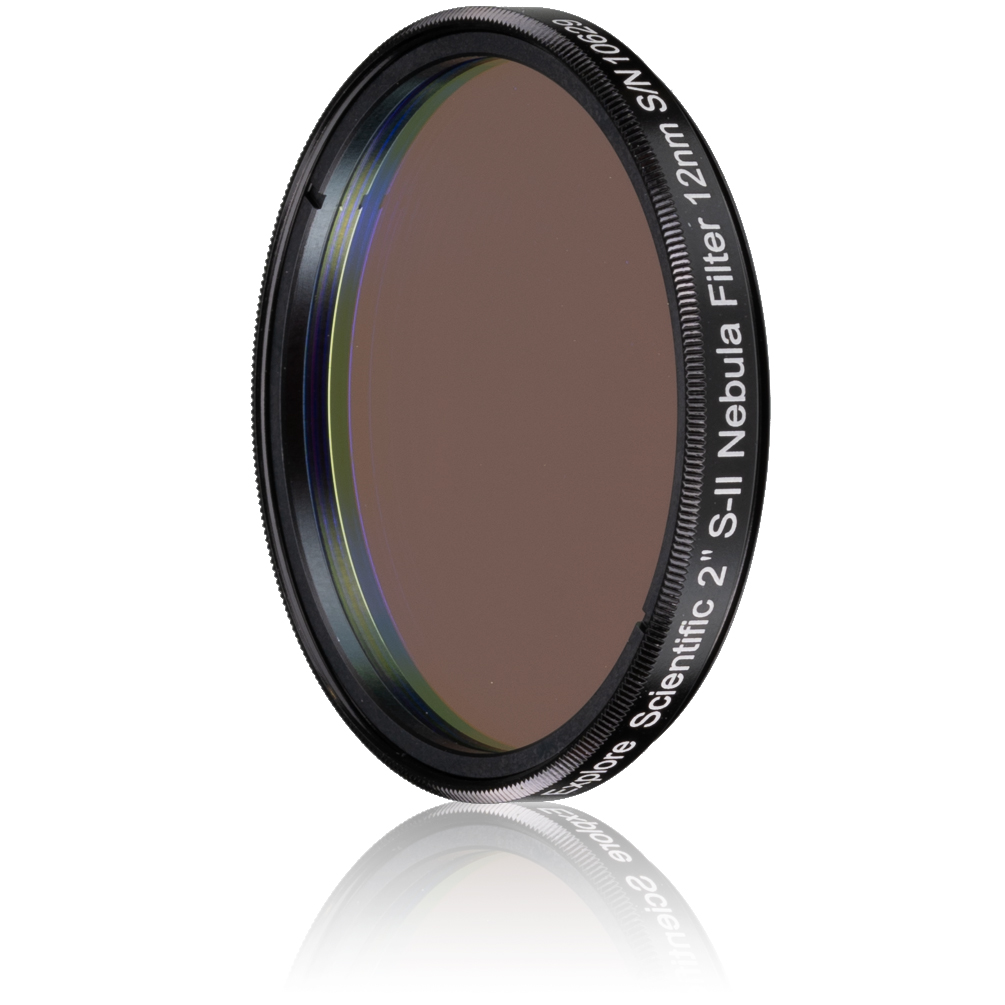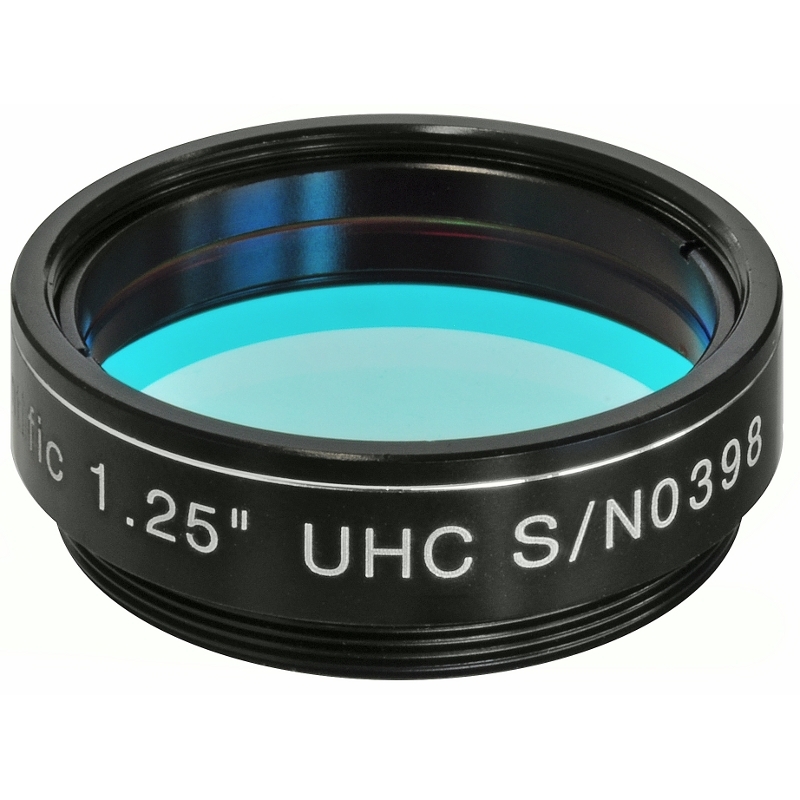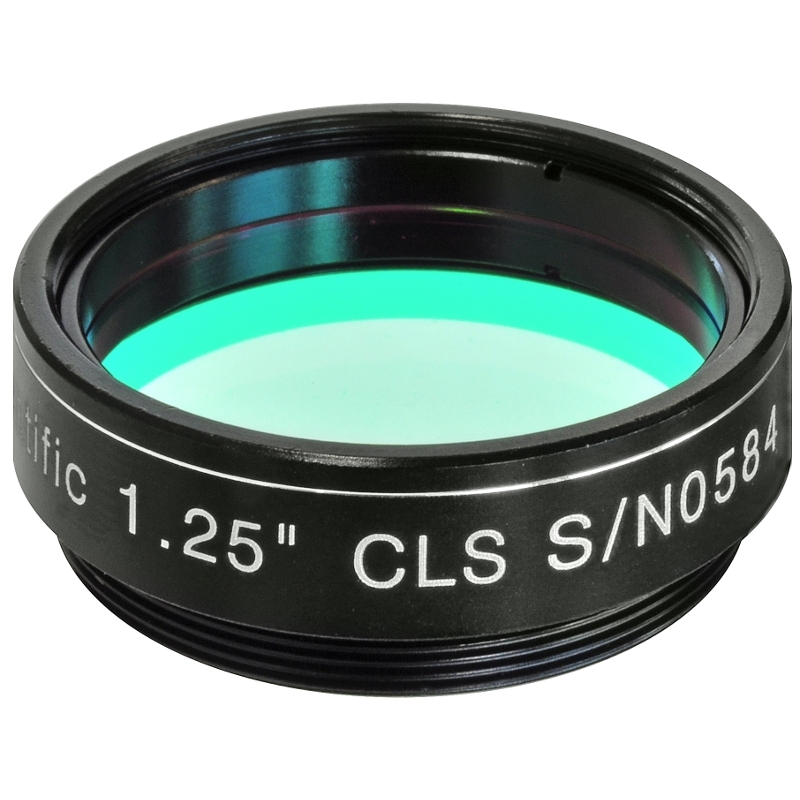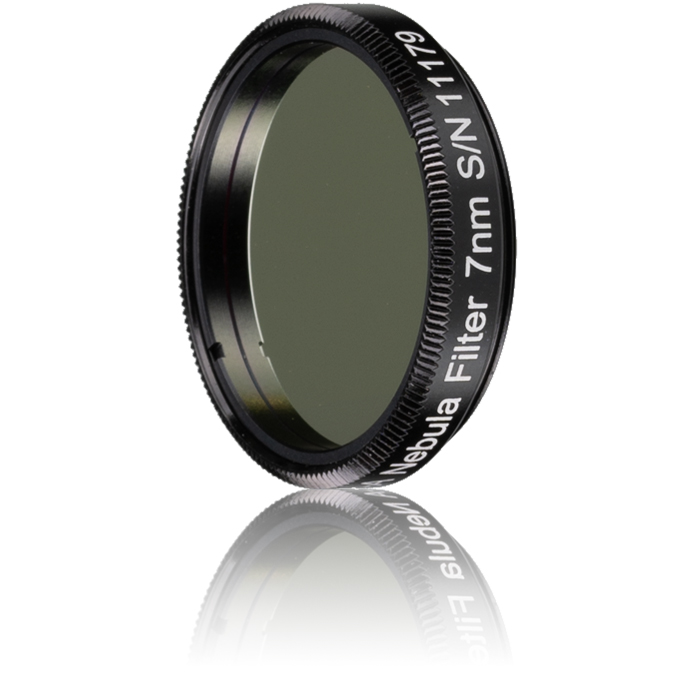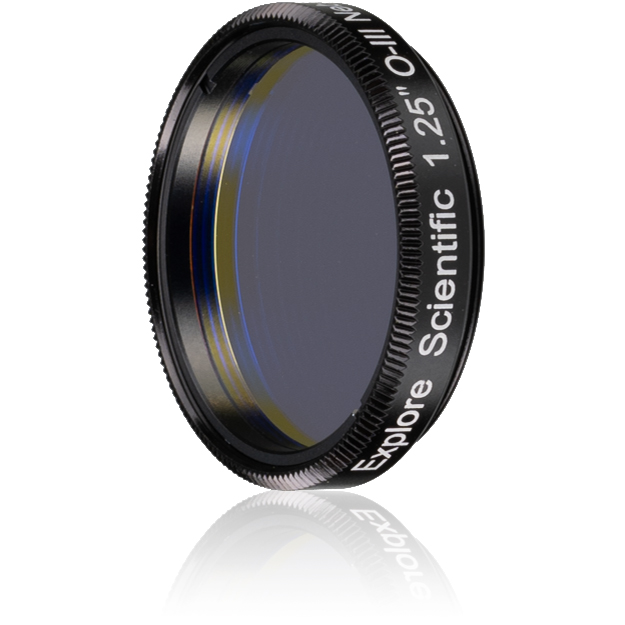
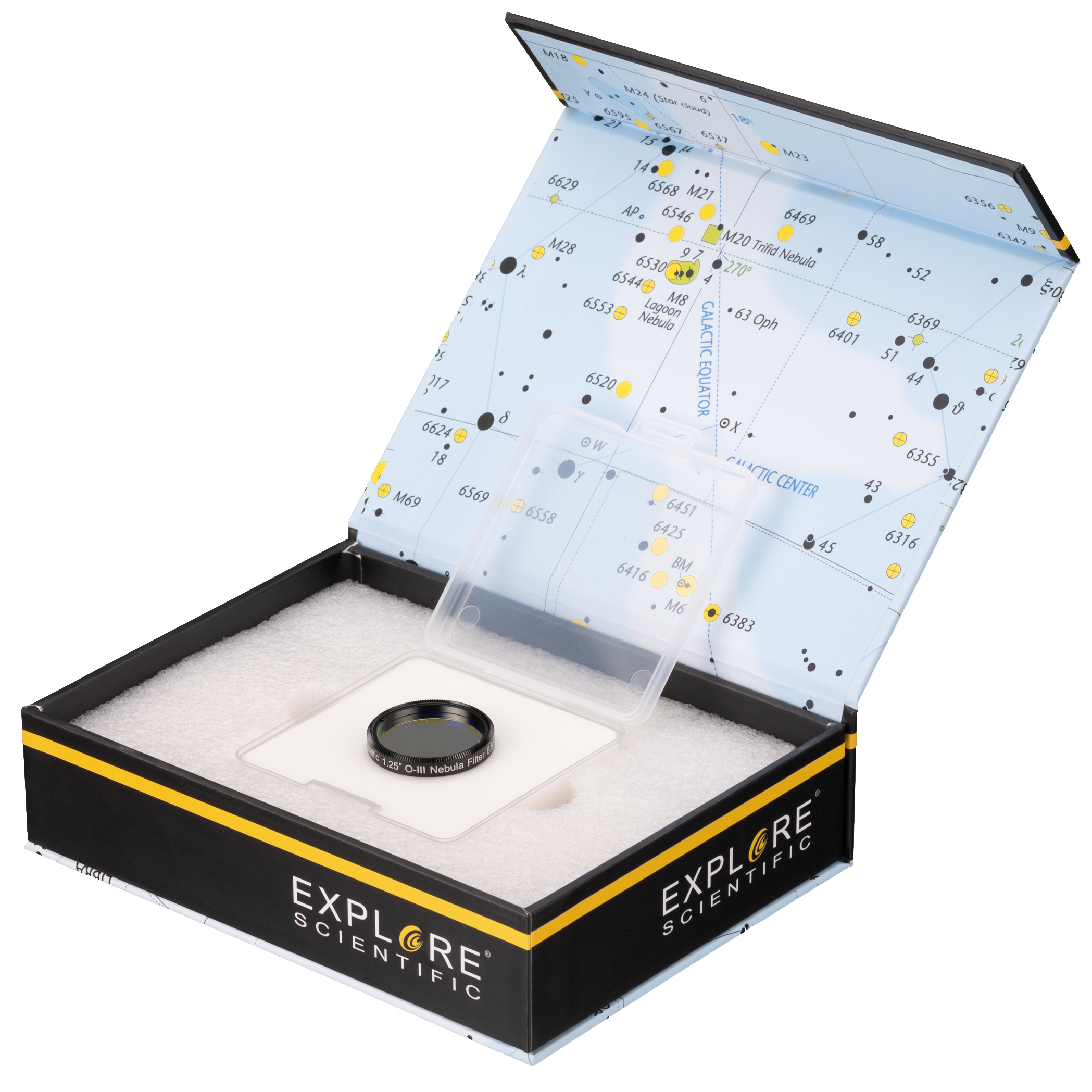
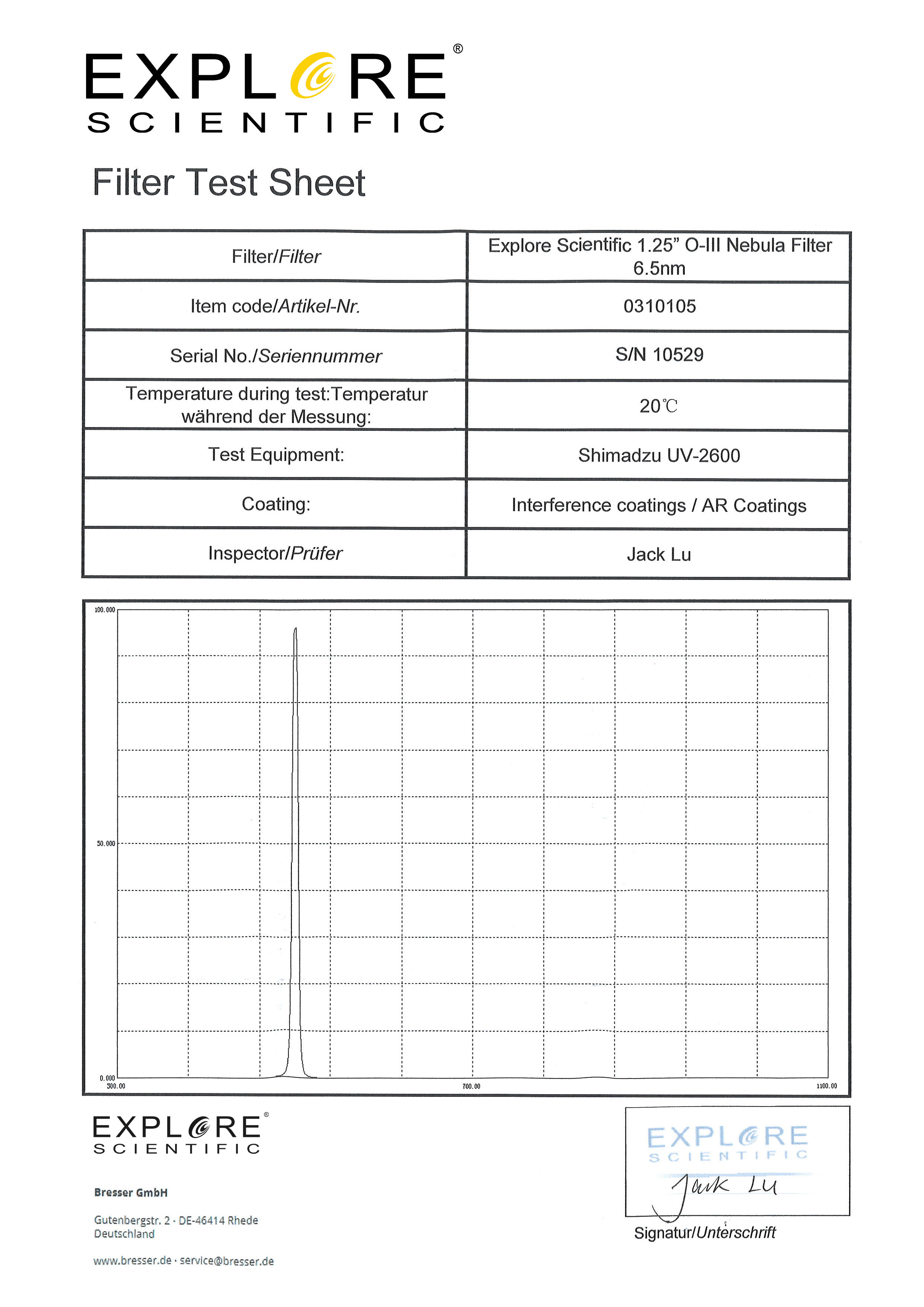









The EXPLORE SCIENTIFIC O-III filter allows the accurate observation of low-light deep sky objects; narrow band version with 6.5 nm to increase contrast even in difficult urban conditions.
- High-quality EXPLORE SCIENTIFIC O-III filter
- Only lets the emission lines of oxygen pass
- Absorbs all other emission lines and almost all artificial light
- Band pass width: 6.5 nm
- Narrow band version for difficult urban conditions
- Allows more contrast for faint deep sky objects
- Individual test certificate included to guarantee you receive a premium filter
€80.00*
% €159.00* (49.69% saved)Available, delivery time: 1-3 days
- enables the observation of so-called emmission nebulae
- blocks almost the entire artificial light
- only the two emmission lines of the oxygen passes the filter
- band pass width: 6.5 nm
- narrow band version for difficult urban conditions
- allows more contrast for faint deep sky objects
- ideal for use near cities, in heavy brightened skies
- individual test certificate included to guarantee you receive a premium filter
- 1x 1.25" O-III nebula filter
| Colour: | black |
|---|---|
| Field of application [Telescope-filter]: | Filter for Deep-Sky Observing and Astrophotography |
| Material: | Glass, Plastic |
| Telescope filter type: | Nebula filter |
Similar products
Customers also bought
Customers also viewed
